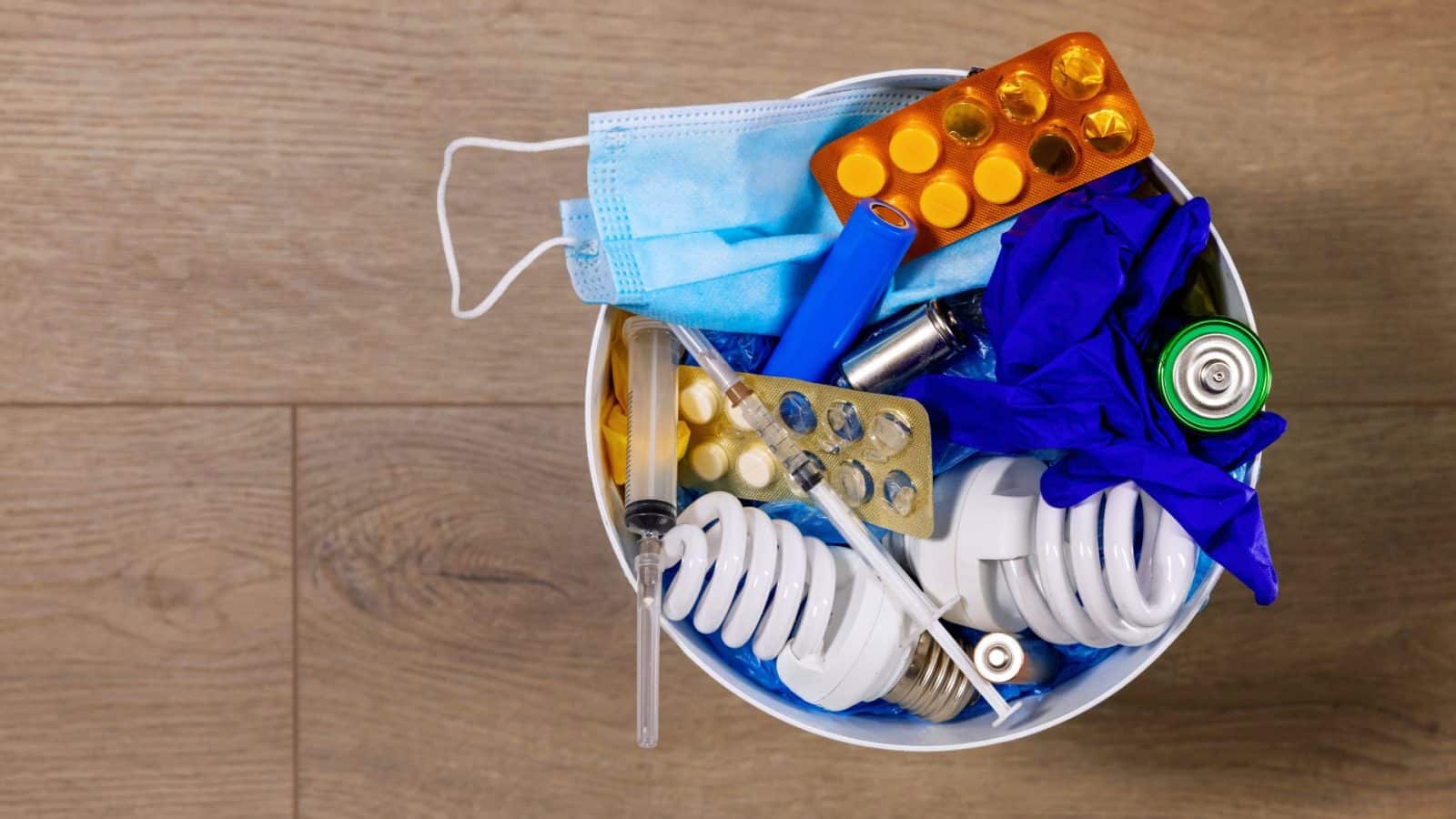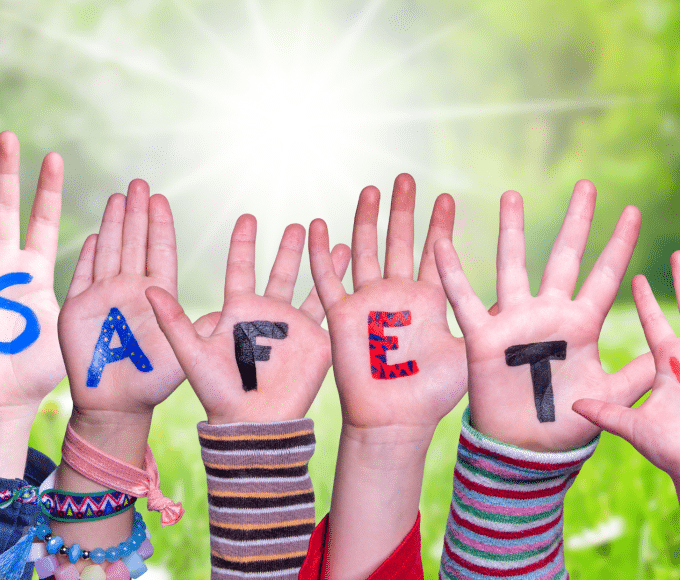Every household generates waste. Household hazardous waste (HHW) is more common than you might think. Everyday items, such as batteries, paint, disinfectants, and certain cleaning products, fall under this category. Disposing of these items improperly may lead to environmental pollution and pose health risks to your family, the ecosystem, and the community at large. Fortunately, homeowners can safely manage and dispose of such dangerous trash. Here’s a guide to safely disposing of hazardous waste at home.
What Is Household Hazardous Waste?
Ordinary household waste consists of paper, metal, plastic, and other items we recycle or throw away for weekly pickup and transportation to landfills. While messy and not great for the environment in their own way, such items are generally harmless.
Conversely, hazardous waste includes any flammable, toxic, corrosive, or reactive materials that can cause an explosion or other adverse reaction. These items may escape the landfill and contaminate surrounding soil and water if tossed out with regular trash, potentially harming plant life, wildlife, and people. Recognizing and managing these materials is vital for maintaining a safe home, community, and environment.
The benefits of safe disposal include:
- Eco-protection, since proper disposal prevents harmful chemicals from leaching into the ground and water.
- Health and safety since it reduces the risk of accidental exposure or poisoning at home or elsewhere.
- Community well-being, since smart disposal processes support general efforts to keep the neighborhood, town, or city cleaner and safer.
Steps to Safely Dispose of Hazardous Waste
Identify Hazardous Materials
Always read the labels. Words such as “caution,” “warning,” “toxic,” or “flammable” typically indicate hazardous substances. Common hazardous household items include paints and solvents, pesticides and herbicides, batteries, car oil and other automotive fluids, cleaning agents, and more. Read the label before you chuck it in with the regular trash.
Use Community Resources
Many communities offer household hazardous waste disposal programs for everything from hand sanitizers to car batteries. While you might think it harmless to do so, you should never toss hand sanitizer in the trash because its chemical makeup is hazardous. It could poison the water supply at large if it leaks from the landfill and into the local ecosystem. Community waste disposal programs can handle waste safely and may include designated drop-off days or recycling centers. Contact your local waste management authority for more information.
Store Waste Properly
Keep hazardous waste stored in a cool, dry place away from children and pets and far from anything that can ignite, explode, or lead to other even more hazardous situations. Keep containers tightly sealed to prevent spills and leaks, and never mix different types of hazardous waste, as chemical reactions could occur.
Utilize Recycling Options
Always consider recycling first. Some materials, such as batteries and electronics, have specific recycling programs. Check with local retailers, automotive supply stores, or recycling centers to see if they accept such items. Often, they have partnerships with manufacturers for safe recycling and may even offer buyback programs.
Educate and Advocate
Look out for your neighbors by keeping them informed! Raise awareness about the importance of safe hazardous waste disposal within your community. Encourage your neighbors to participate in local programs and advocate for more resources if needed.
That’s our quick guide to safely disposing of hazardous waste at home. Safely managing hazardous waste is a big part of being a responsible homeowner. Follow these basic steps to protect your home and family while contributing to a healthier environment. Every action causes a reaction, so ensure your reaction is a positive one!
Recommended Readings: Helpful Tips for Cleaning Out Your Basement















